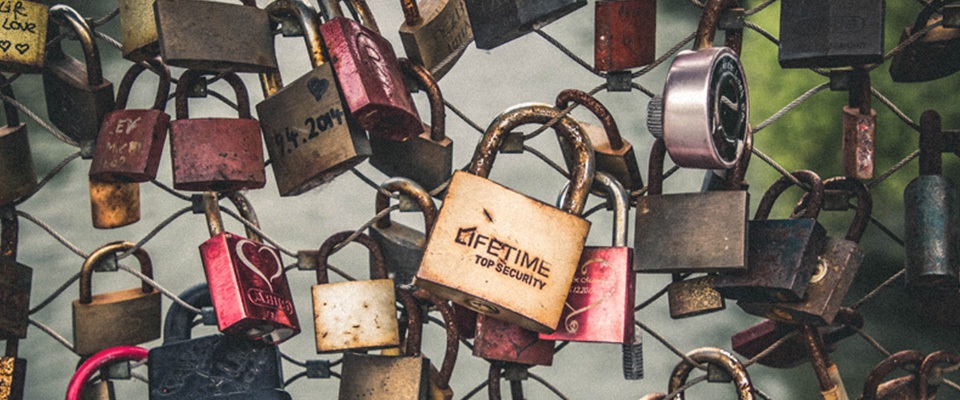Winter has arrived, with its accompanying snow, ice, and freezing temps. Before the next big storm hits, make sure you've adequately addressed the following cold weather hazards so you can protect your congregation and facilities.
Slips and falls
Winter can be the most high-risk season for slips and falls. To help prevent potential injuries, it's critical for churches to keep sidewalks and steps clear of ice and snow. Generously spread ice melt, salt, or sand on these areas. Inside, lay non-slip mats or rugs on tiled areas, especially near entry points to catch drips as people come and go. Clean up and place wet warning signs on any wet spots immediately.
In most cases, if someone falls and gets hurt, the church's general liability policy will have medical payments coverage, but it is normally limited to $1,000, $5000 or $10,000. This is no-fault coverage and will pay automatically, whether there is liability on the church or not. However, if a slip or fall occurs because of some negligence, such as failing to clear a sidewalk of ice, the church could easily be held liable for the total claim. Numerous claims can be costly for a church, as insurance companies look at the number of claims as well as the total cost of claims.
Freezing pipes
This is one of the most common winter risks churches across the country face. In 2014, Church Mutual Insurance Company had more than 1,000 frozen pipe claims filed during one particular cold snap. The problem with a frozen pipe is that it can easily burst and cause severe water damage fast.
The best way to prevent your pipes from freezing is to keep them warm. You can do that by maintaining a temperature of at least 55 degrees inside the building, even when it's not in use. Also, make sure attics and other areas where pipes run are adequately insulated. Exposed pipes may require insulating sleeves. In addition, it's recommended to check the building more often in the winter, to ensure the heating system is working and to be able to detect a burst pipe quickly before much damage occurs.
Snow accumulation
Churches in northern climates and areas that receive lots of snow face the potential for roof damage or even collapse. This happens when snow doesn't have adequate time to melt before more snow accumulates on top. You can help prevent the high cost of roof replacement by keeping gutters and downspouts clear. Inspect these routinely a few times a year to ensure they are free of leaves and other debris. For flat roofs, inspect drains to ensure they are not clogged. In general, performing routine roof maintenance during warm months and repairing leaks or damaged shingles quickly is the best way to prevent problems in the winter.
For additional help getting your facilities ready for winter, download the free brochure from Church Mutual, Weather Protection For Your Ministry. It includes helpful checklists you can use to tour your facility and identify what additional work may be needed. With a little planning and preparation, you'll be ready when the weather outside turns frightful.
To learn more about church liability insurance, call 866.621.1787 or email info@agfinancialinsurance.com.



